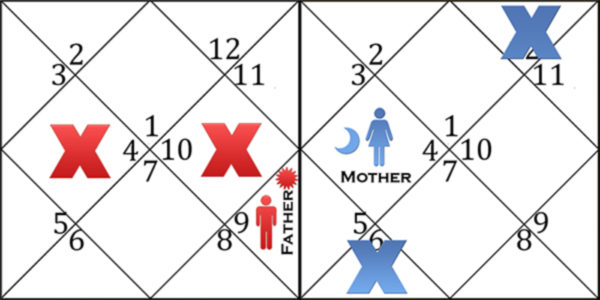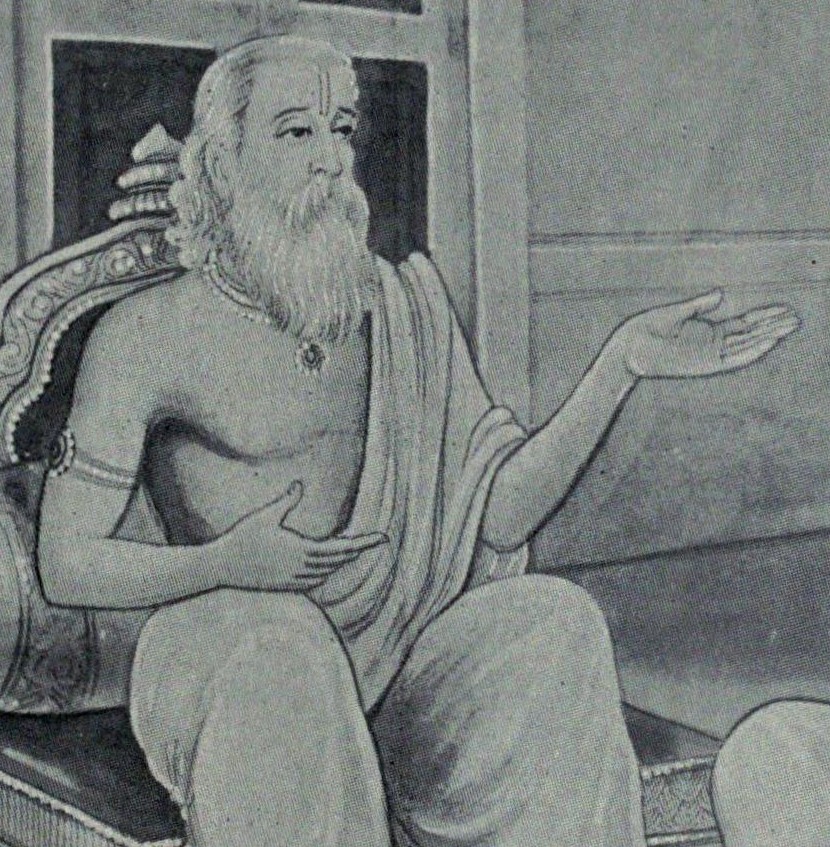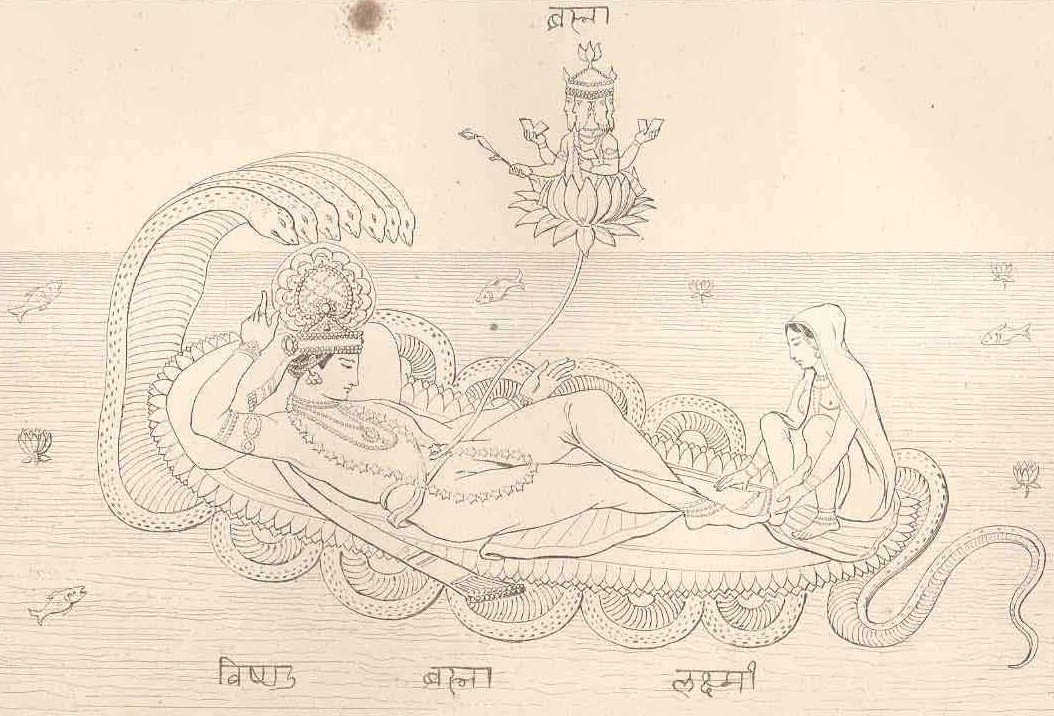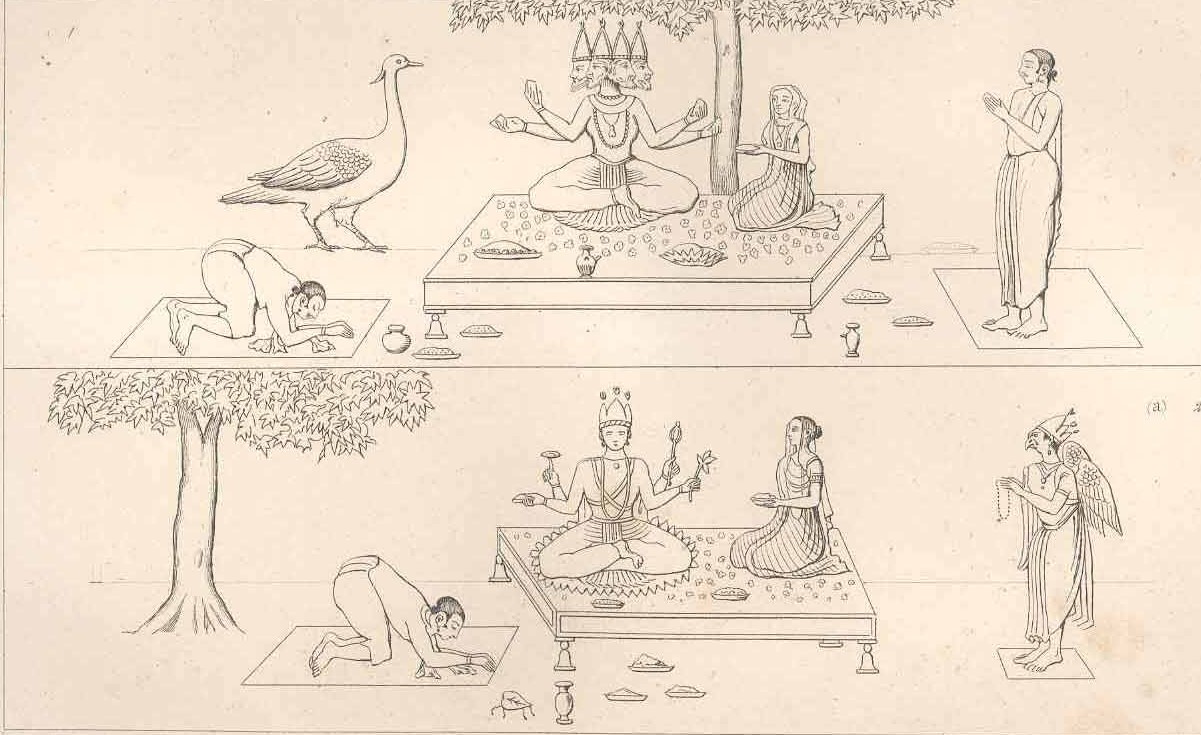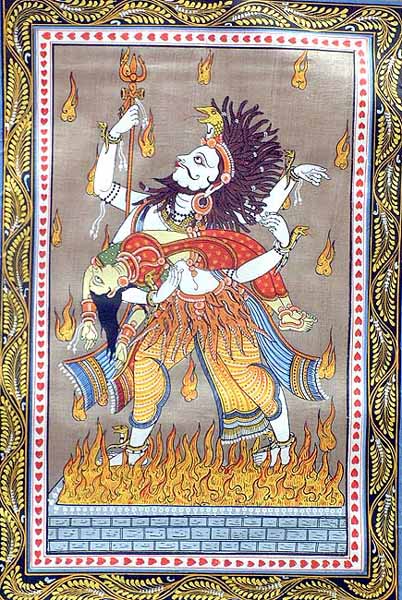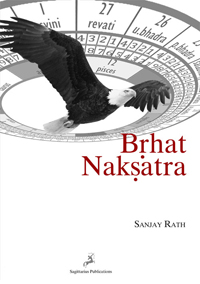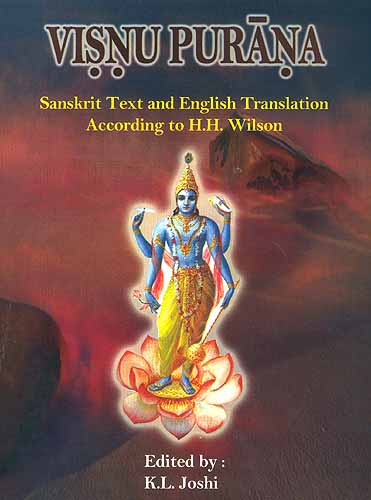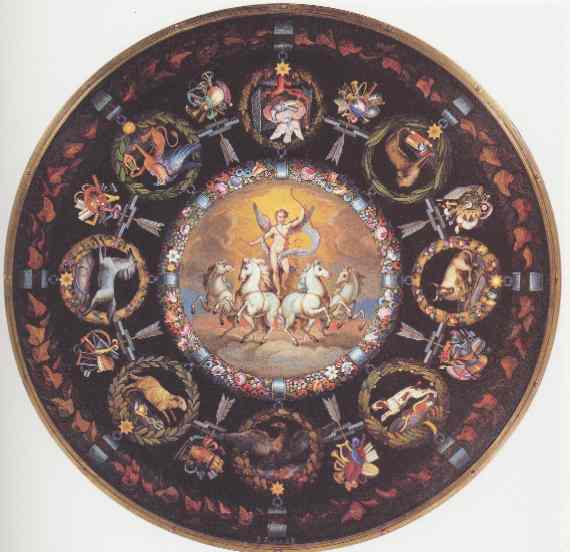Riṣṭa Others
Riṣṭa is not just restricted to the native. It extends to mother, especially at the time of delivery, to siblings and parents and elders. Parashara teaches us various principles in the combinations to determine the evils for parents. Of particular interest is the durmantra combination in the previous lesson where the afflicted Moon in the 5th house can cause death of mother instead of the native because it is not in 1,7,3 or 9 houses. In the 5th house it is maraka (2H) from the 4th bhava showing the mother.
We learn three important principles
Riṣṭa Others
